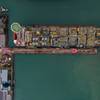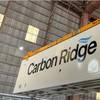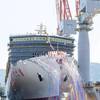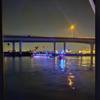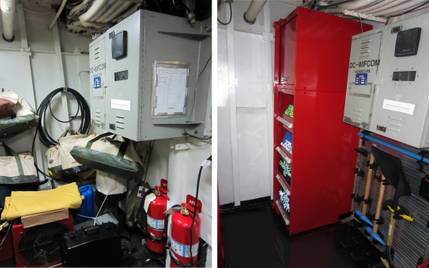New Design Tool Uses Digital Twin, Real World Enviro Data to ‘Perfect’ Electric Ferry Design
Norway's biggest ferry company has ordered two new ferries from Havyard Design & Solutions, the first to use Havyard LAB's new three-step tool to become safer and more environmentally friendly.
Havyard LAB offers a new three-step ship design tool that incorporates a vessel’s digital twin situated in simulated local conditions, a process it believes will result in a ship that is carefully adapted to its work and the waters in which it will be operating, while also cutting energy consumption, emissions and operating costs.
Stig Magne Espeseth, EVP, Havyard Design & Solutions AS (HDS), explained: “We simulated the differ-ent design options and demonstrated that the customer could reduce the energy consumption signifi-cantly by choosing one alternative instead of the other.”
Havyard Design & Solutions has extensive experience of zero-emission ferries after 12 electric ferry designs.
R&D Manager Kristian Steinsvik said that during the first round of the three-step tool, you can experi-ment with hundreds of alternatives to clarify the basic size and framework conditions for the ship. In the next round, the best alternatives have been selected and the process continues with quality as-surance and documentation of the variables of the designs that have made it into the ‘final round’. Finally, Havyard LAB is used to run a simulation of a digital twin of the ship in a virtual ocean.
Steinsvik says that the Havyard LAB has exact weather and wind, current and wave data for different ocean areas around the world that they use to create the most realistic virtual ocean possible depend-ing on where the ship is intended to operate.
“This is how we create smart ship designs through a process where we simulate the ship's pattern of operations and collect documentation and experience that will normally not be available until the ship has been in actual operations for years.”
The three-step Havyard LAB tool is designed to give shipowners an opportunity to test the hull, tech-nology and operations before the ship has even been built. At the same time, Stig Magne Espeseth said the interaction between customer, salesperson, designer and specialists on the new tool as a cru-cial factor in the development of sustainable designs. “Our customers have many choices to make dur-ing a design process. The sum of our experience and the new tool enables us to give good, fact-based advice on how to design ships with high value creation and low environmental impact – and the long-term goal is of course zero emissions.”
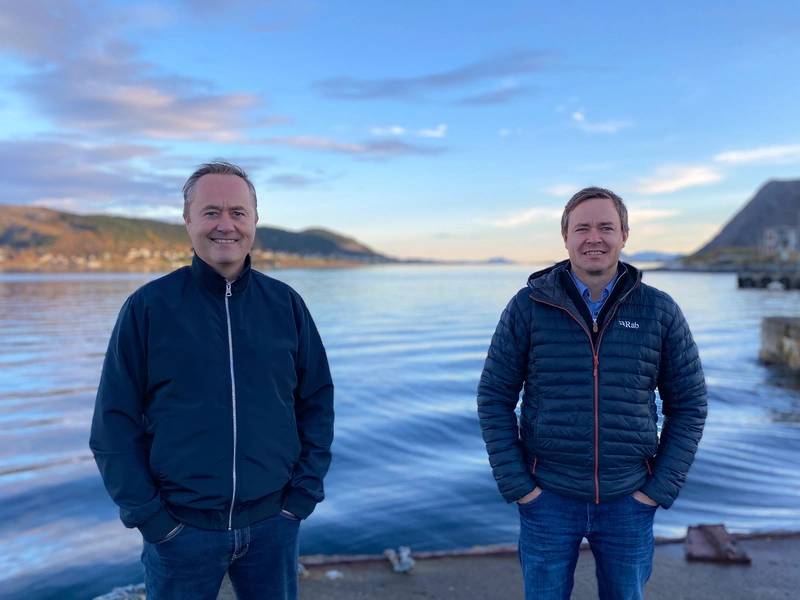 Executive Vice President Stig Magne Espeseth of Havyard Design & Solutions says that shipping com-panies that can experiment the most, quickest and cheapest during the design phase have the best chance of succeeding in both tender competitions and competition at sea, and that Havyard now has the tool to help them with this. From the left: Executive Vice President Stig Magne Espeseth and R&D Manager Kristian Steinsvik. Photo: Havyard
Executive Vice President Stig Magne Espeseth of Havyard Design & Solutions says that shipping com-panies that can experiment the most, quickest and cheapest during the design phase have the best chance of succeeding in both tender competitions and competition at sea, and that Havyard now has the tool to help them with this. From the left: Executive Vice President Stig Magne Espeseth and R&D Manager Kristian Steinsvik. Photo: Havyard




